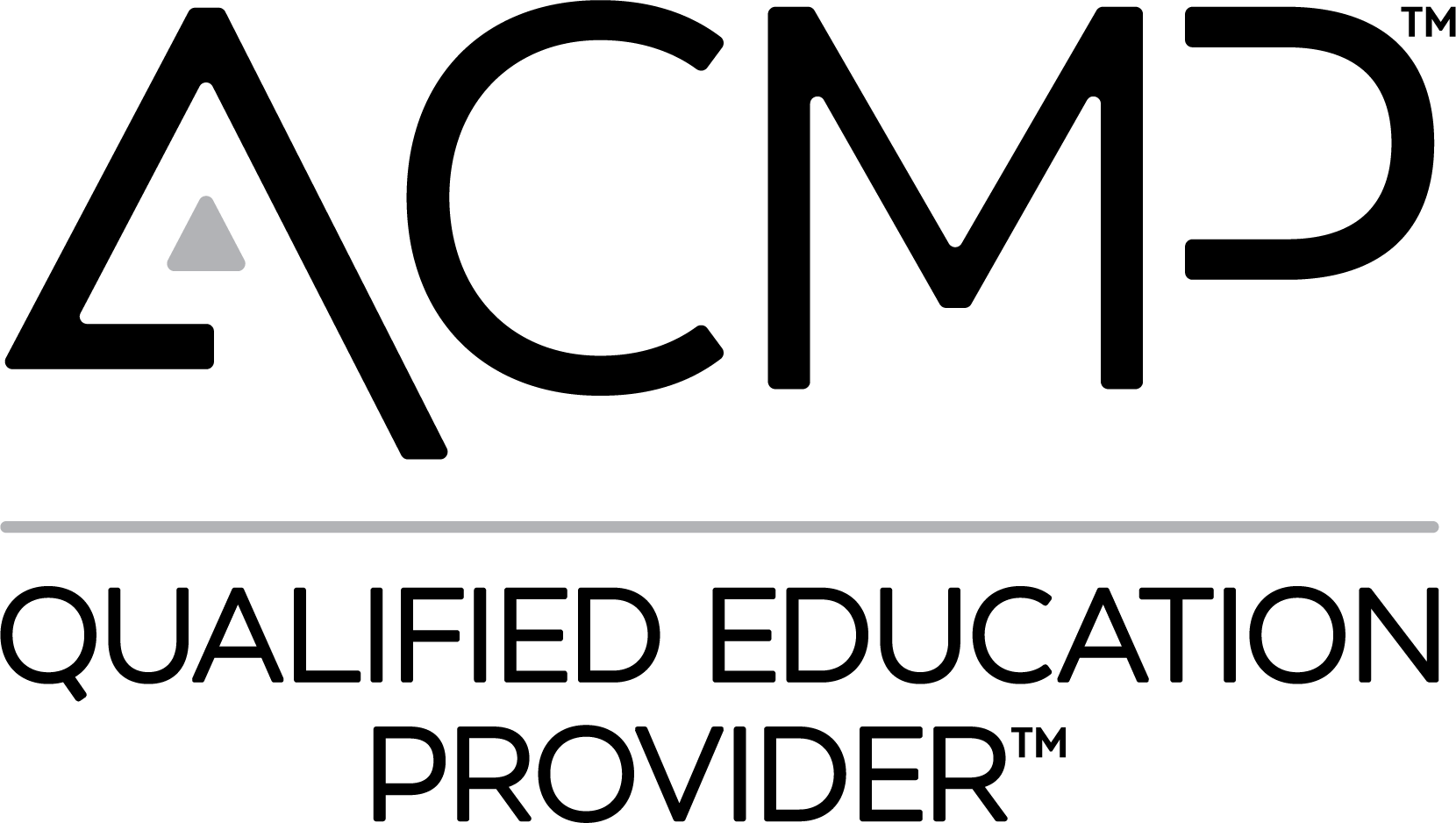When a muscle isn’t used or is rendered inoperable, the muscle and surrounding structures in the body atrophy. Did you ever break a limb (or know someone who did) that required a cast to immobilize it? What did the limb look like immediately after the removal of the cast? It’s small, weak, and unreliable to bear weight. The muscle, immobilized by the cast, atrophy and becomes weak and unable to support loads. Resilience comes from the Latin word resiliens to mean “the act of rebounding or springing back,” and in physical sciences "to incorporate springing back or returning to shape after compression (the physical state of a thing being challenged)." Developing your resiliency and, most importantly, your awareness of your ability to be resilient is similar to the muscles in your body; it takes challenging, testing, training, and practicing over time.
She grew up in often unstable living conditions, shuttled between extended family houses for child care and to attend “better” schools. The smallest livable room in the house, shared with her identical twin at one point, the 8x10 rectangle was decorated ceiling-to-floor in bright pink (including the bedspread and a near-shag carpet to match the walls) from the days when her mother was a child. She covered much of the paint with clippings from magazines and fold-out posters, staples of tween and teen publications of the 90s. On the large mirror taking up most of a smaller wall, intricately designed and etched around the edges, was a poem taped to the right side in her grandmother’s perfect cursive handwriting titled “Don’t Quit.” There was no author listed on the copy. The poem became her internal mantra throughout life.
More than two decades later, a Marine who served in the initial Fallujah, Iraq raids (one of the highest casualty rates of American forces immediately following 9-11) shared a deeply personal and harrowing story with her about his time overseas. Through tears, he shared his feelings of being both undone and needing to carry on while holding the head of a dying fellow Marine and removing his wallet to bring home. Inside the wallet, he found a blood-stained poem which he now carried with him in his wallet. As he pulled the tattered and crimson-dyed paper from his wallet and began to unfold, the hair on the back of her neck stood up as she saw the first two words, written in a ghost’s handwriting: Don’t Quit.
Quick research led to countless results of the poem being authored by “Anonymous.” Today, as readily available information on the internet swells to new heights, the poem's origins are obscurely attributed to two different poets (John Greenleaf Whittier and Edgar Albert Guest) dating to the early 19th century. Two words connected countless hearts and minds, spanning generations over nearly two centuries and three continents. On that fall day of 2013, two humans connected over the sheer resilience of the human spirit, uniting with an ageless poem. The title of the poem denotes a continuation through strife and binds readers in a collective understanding of resilience. Resiliency is not a novel concept but a skill, which means you can practice and improve your resilience over time. Those who seem incredibly resilient likely began accidentally practicing early in life by necessity or circumstance for survival. You have a choice today.
In times of heightened stress, overwhelming challenges, and adversity, it is widely accepted that we feel a lowered body awareness, lower awareness of our surroundings, elevated heart rate, and feelings of depression, anger, catatonia, and grief. Each feeling, especially when compounded with a sense of helplessness, can have an incredible impact on overall health and rational decision-making capabilities.
“You may encounter many defeats, but you must not be defeated. In fact, it may be necessary to encounter the defeats, so you can know who you are, what you can rise from, how you can still come out of it.”
-Maya Angelou
A recent 2021 study suggests the efficacy of resilience training in professional environments to improve mental well-being and decrease secondary traumatic stress and somatic (physical) symptoms through simple body awareness practices. The study applied the Community Resilience Model (CRM) of training administered as a course in one sitting to determine short and long-term effects on mental well-being and emotional regulation.
Using the World Health Organization’s (WHO) well-being index, the study tested participants for baseline psychological health, reliance, traumatic stress, and physical symptoms. After participating in resilience training, participants reported an awareness of body sensations that helped them when overwhelmed as a means of calming themselves. Through each of the three posttest intervals, up to one year after the course, participants reported increased body awareness and decreased overwhelm.
Enhancing mental toughness, highlighting and honing strengths, and fostering strong relationships are core competencies for any successful manager. In more than thirty years of research, we have developed the capability to accurately distinguish who will rise from the ashes of a failure or crumble into the rubble of an obstacle. We have also developed the tools to help the latter category of people hone skills to flex their resiliency muscles. The US Army Master Resilience Training (MRT) is a testing ground for some of these skills as a critical component of leadership training for the service branch. This training aims to reduce the dropout rate, and those who reportedly struggle while increasing the number of those who grow through challenges. Professionals can learn significantly from recognizing resilience as a skill to be practiced under safe conditions at times of peace and relaxation to increase positive responses through stress, as every organization will encounter.
Resiliency is often ascribed to someone, something, or a group that defied the odds to discover and create prosperous conditions by overcoming adversity and adapting to change. Those who appear young or in the early stages of development (groups, organizations, or individuals) and resilient have likely weathered more storms in a short period. The Adversity Quotient, a concept developed in 1997 by Dr. Paul G. Stoltz, is defined as the ability of an individual to think, manage, direct, and endure challenges and difficulties in life where people divide into three sub-categories: quitters, campers, and climbers. The Adversity Quotient Profile is the only scientifically validated tool to measure how effectively an individual responds to and deals with adversity. Quitters are easily discouraged, broken by negative events, and adopt a victim mentality lacking control or peace, often giving up when problems arise. Campers are willing and ready to take on new challenges, to a point. This group is eager to start but slow or seldom finishes due to mounting obstacles. Campers need more persistence. Climbers, as you can guess, are true achievers by facing adversity head-on and seeing growth opportunities. Climbers are self-motivated and consistent in their efforts, regardless of adversity or negative events. Significant research has proven that adversity intelligence and, more so, intelligent perseverance – the capacity to come back again and again to complex problems – is the most important temperamental component of long-term resiliency and, therefore, a predictor of success in the workplace environment.
No matter which subcategory you belong to, you can flex your resiliency muscle through practice and rising to the occasion when you confront change in your environment. Quitters and Campers can easily become climbers. There are two ways to begin today. First, keep in mind Dr. Stoltz’s formula called the LEAD sequence:
Listen to your response to adversity
Establish accountability
Analyze the evidence
Do something
Second, for a more detailed approach with guidance on how to begin flexing your resiliency muscle, check out this article from March, which we shared on The Signal - the first step in a Change Enthusiasm practice.











